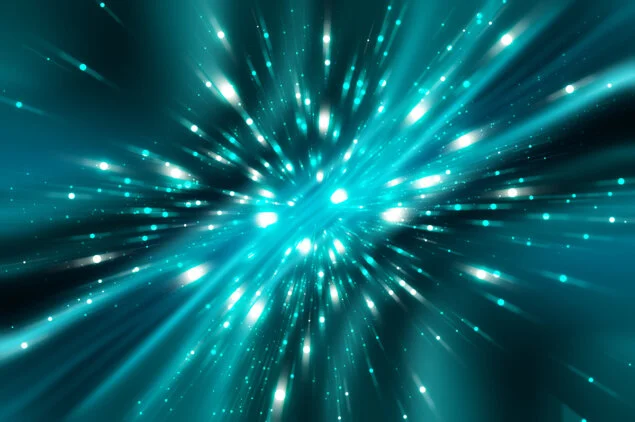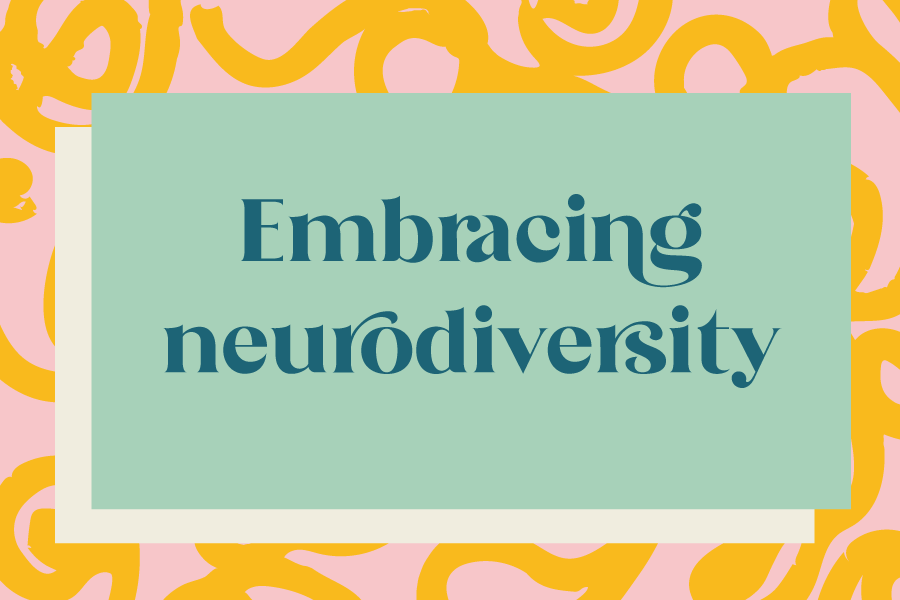Writing
Links to a selection of my science writing and guest blogs can be found below.
Science
Spin guided scattering of light is observed in a liquid crystal | Physics World
Just as topological insulators provide protection to electrons travelling along their edges and surfaces, photons can also be topologically protected. This can occur when photon scattering modes are associated with just one spin state. Now, researchers in India and the Netherlands have found that spin-selective or spin asymmetric scattering modes can be observed using a twisted nematic-liquid-crystal-based spatial light modulator. Their work indicates that liquid crystals can host topological states by controlling the interaction between the disorder of the material and the spin-orbit interaction of light.
A tiny particle collider yields new evidence for a type of ‘quasiparticles’ called anyons | Massive Science
You may know that there are two classes of fundamental particles — fermions and bosons — underlying what we normally think of as matter. Neutrons, protons, and electrons are all fermions; photons are an example of bosons. Fermions repel each other, and bosons don’t. These quantum statistics are well-known. But physicists have now observed particles that don’t fall under either category.
Spin valve uses coupled quantum dots and tiny magnetic fields | Physics World
Researchers in Switzerland and Italy have developed a method for generating currents of electrons with a known quantum spin without the need for large external magnetic fields. This could enable the development of devices that are compatible with superconducting electronic elements, paving the way for the next generation of highly efficient electronics
Neurodiversity, Disability & Mental Health
Finding Self-Acceptance: Autism Spectrum Disorder and a PhD | Voices of Academia
I’ve been an anxious person for as long as I can remember, but it wasn’t until late high school that I started to develop depression, and I was not formally assessed for my mental illnesses until the penultimate year of my MPhys degree. Armed with a diagnosis of Generalised Anxiety Disorder as well as Major Depressive Disorder (which are often comorbid), I was put on anti-depressants (which I still take to this day) as well as starting therapy. Both of these treatments have helped me somewhat, but I continue to have a lot of trouble just navigating life without getting overwhelmed and still struggle to understand the social world around me at times.
Embracing neurodiversity in science | Science on a Postcard
For those of us whose neurology differs from the ‘norm’, it can be difficult to find space in science as we often work in unconventional ways. By embracing neurodiversity and listening to the stories of neurodivergent scientists, I believe we can find ways to better support atypical neurotypes and tap into our unique and often outside-the-box thinking. In fact, it’s thought that many pioneering scientists like Albert Einstein and Isaac Newton may have been neurodivergent.
Physics in the pandemic: ‘Returning to the lab will be hugely beneficial for me’ | Physics World
In March, everyone in our research institute was advised to work from home if possible, and our labs shut down soon after. Although my PhD project is mostly experimental, I am lucky in that I had already started incorporating some computational modelling into my work. The reason I did this is because, as an autistic person, I am not always able to physically go to campus: I sometimes find the myriad of sensations there overwhelming, and social interactions can leave me fatigued. So, I was already searching for ways to make meaningful progress on my research while working remotely for longer periods.





